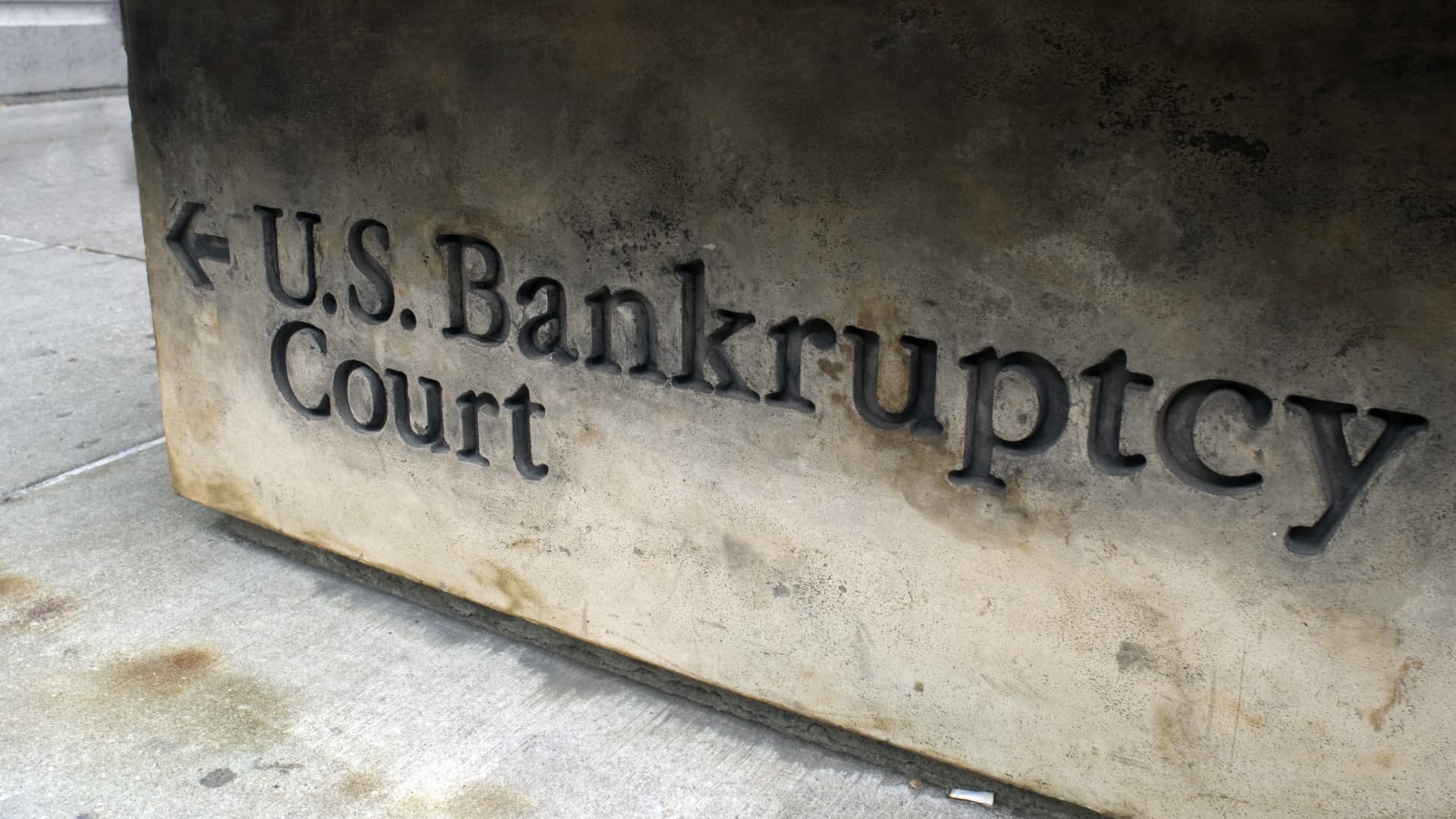Products You May Like
For decades, it was nearly impossible for student loan borrowers to walk away from their debt in bankruptcy court. That’s now changing.
Last November, the Biden administration rolled out a new process for the discharge of education debt in bankruptcy. The U.S. Department of Justice worked with the U.S. Department of Education to implement the new guidelines aimed at making it easier for struggling borrowers to get a fresh start.
In the first 10 months of the new process, student loan borrowers have filed more than 630 bankruptcy cases, a “significant increase” from recent years, the departments said in a Nov. 16 statement.
“The vast majority of borrowers seeking discharge have received full or partial discharges,” they said.
Here’s what borrowers should know.
Why are student loans harder to discharge than other debts?
Congress has set a high bar for discharging student loan debt in bankruptcy.
In the 1970s, lawmakers — responding to concerns by policy makers and pundits that students would rack up debt and then try to ditch it in court — added a stipulation that student loan borrowers needed to wait at least five years after they began repayment on their loans to file for bankruptcy. That waiting period was later upped to seven years in the Crime Control Act of 1990.
Eventually, these waiting periods were done away with, but borrowers with federal or private student debt needed to prove their loans posed an “undue hardship” to discharge it. Borrowers also must make their case in a separate “adversary proceeding” outside of the standard bankruptcy process, which is timely and expensive.
“Many student borrowers recognize they won’t be able to find success and, therefore, they won’t even try,” a lawyer and student debt advocate said in a statement for the American Bar Association in 2021.
How does the new process make it easier?
Under the new process, student loan borrowers complete a form to assist the government in evaluating their discharge request. The government compares a debtor’s expenses to their income, using existing IRS Collection Financial Standards. If the borrower’s expenses equal or exceed their income, the Justice Department likely concludes that the borrower lacks a present ability to pay.
A borrower’s future ability to pay and record of “good faith efforts,” including trying to contact the U.S. Department of Education for assistance and working to maximize their income, are the two other major considerations.
The government may decide a borrower’s payment issues are likely to persist if they have a severe disability, are over the age of 65 or have been unemployed for at least five of the last 10 years, among other challenges.
If the Justice Department doesn’t believe a full discharge is necessary, it may recommend a partial one.
“It makes it easier for student loan borrowers to qualify for bankruptcy discharge by clearly setting out the policy,” said higher education expert Mark Kantrowitz.
When should a borrower consider bankruptcy?
Consumer advocates say only borrowers in extreme financial distress should consider bankruptcy. Depending on the type of bankruptcy you pursue, that information can stay on your credit report for up to 10 years, making it a challenge to buy a house, apply for other types of loans and even to rent an apartment.
Before moving forward with a bankruptcy, borrowers should look for other relief options, Kantrowitz said. Federal student loan borrowers have several ways to reduce their debt burden, including payment plans with $0 monthly payments and economic hardship and unemployment deferments.
Struggling borrowers should talk with a nonprofit credit counselor before filing for bankruptcy, he added.
Lastly, after President Joe Biden’s plan to cancel up to $20,000 in student debt was struck down at the Supreme Court, Biden started a new effort to forgive education debt. One of the groups that may qualify are those in financial hardship.
“This may include many borrowers who are thinking about filing for bankruptcy,” Kantrowitz said. “So, they may want to wait to see what happens.”
Don’t miss these stories from CNBC PRO:
- Michael Burry reveals new bet against chip stocks after closing out winning market short
- Warren Buffett’s Berkshire trimming holdings, keeping new stock secret
- It’s been 2 years since the Nasdaq hit a record and it’s gone nowhere since
- Deutsche Bank says this electric flying vehicle stock will more than double in the next 12 months
